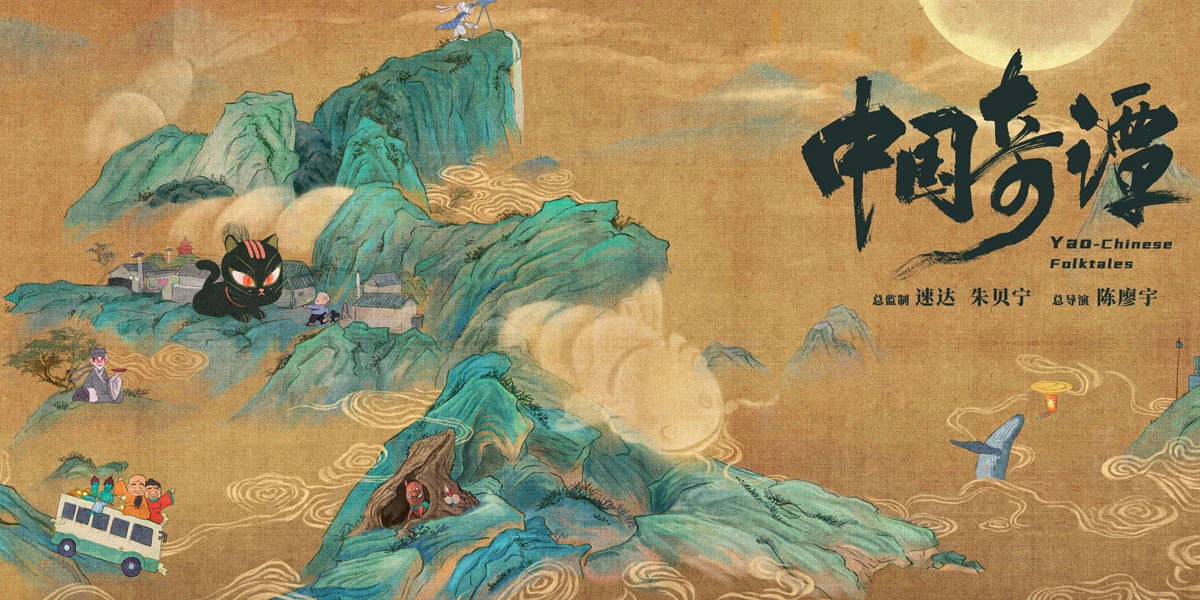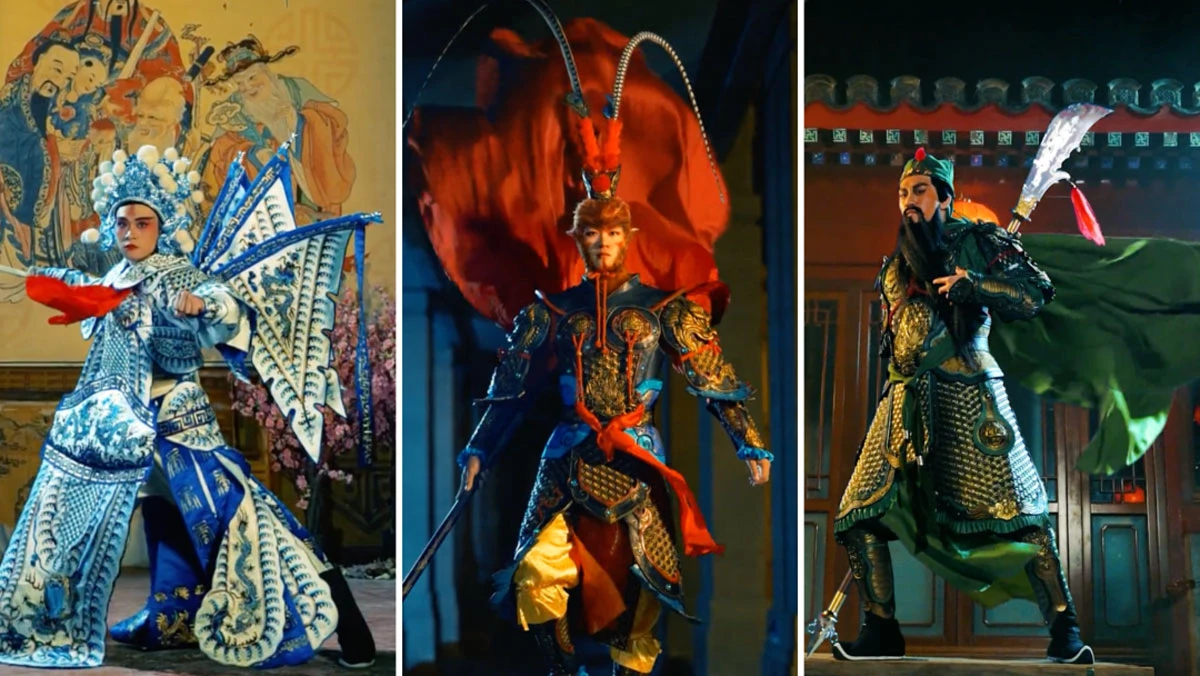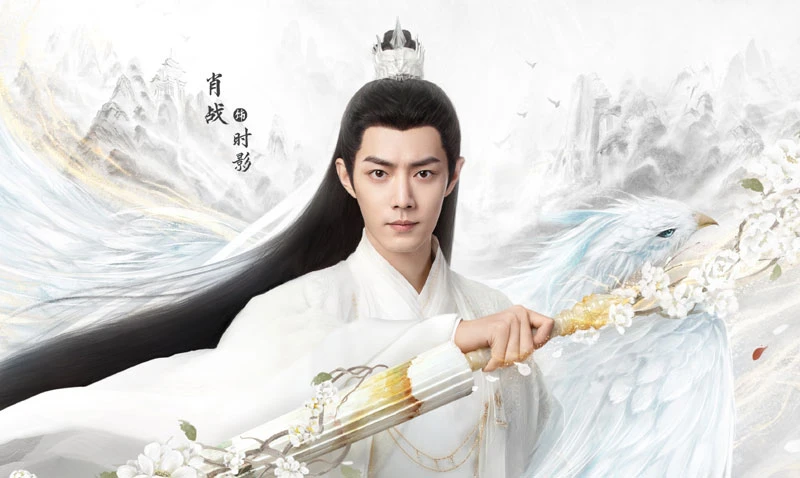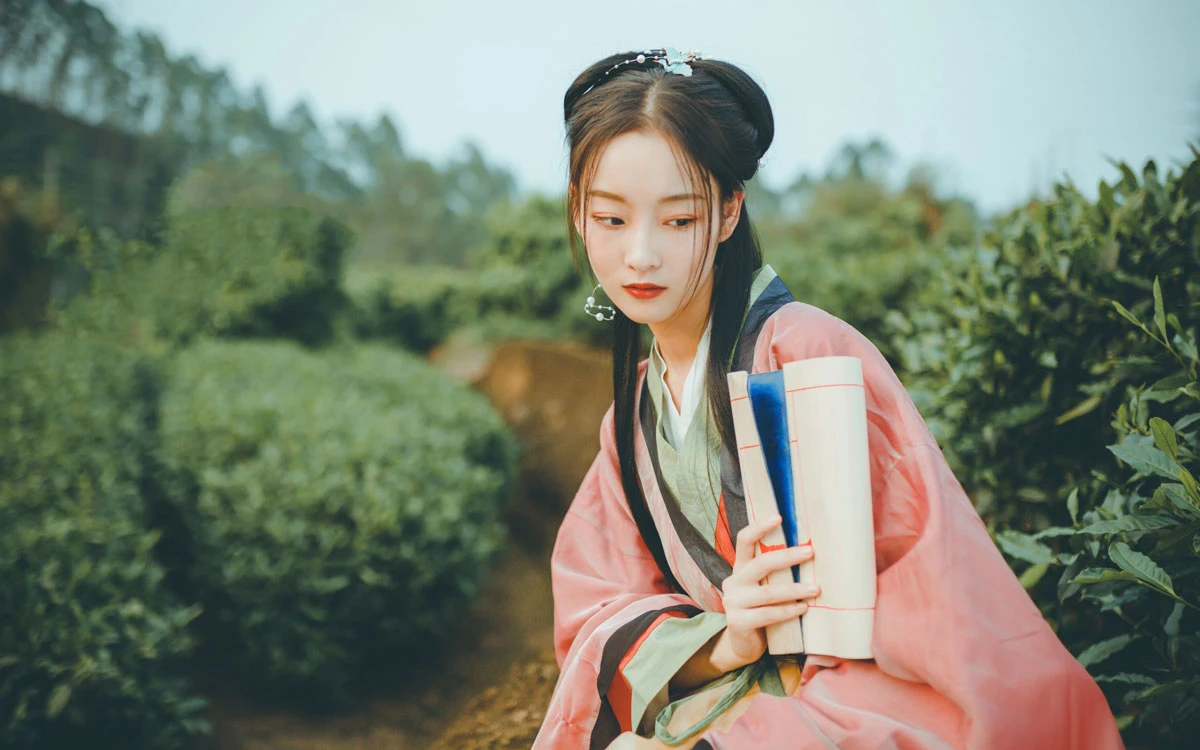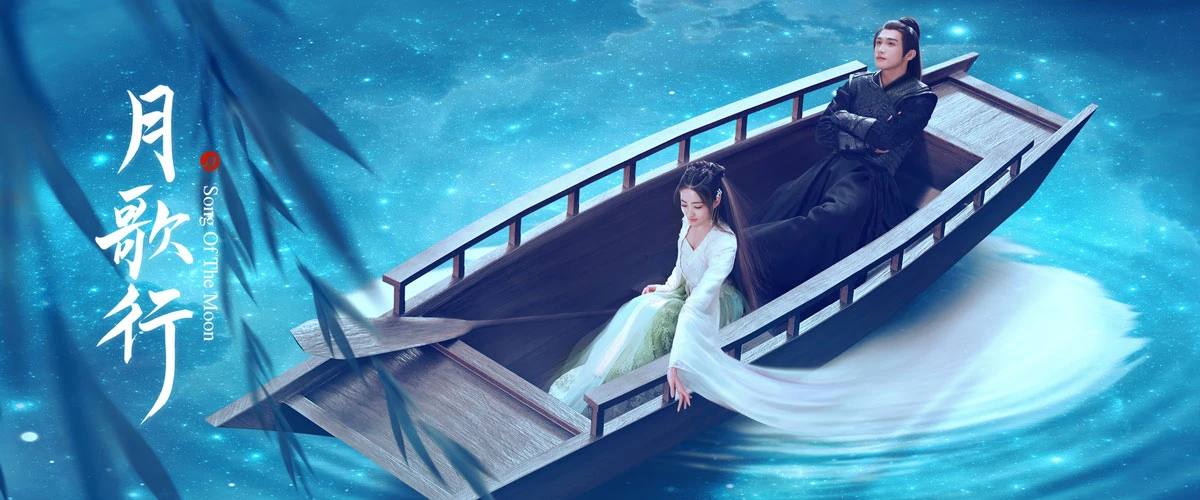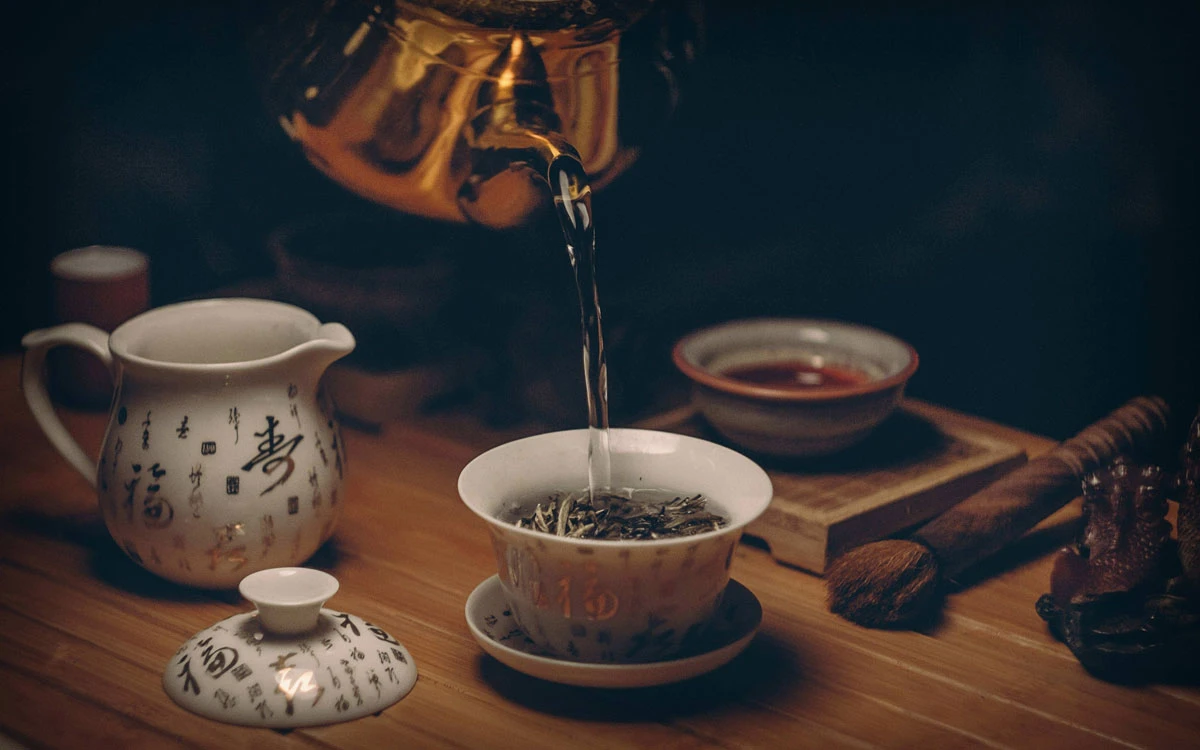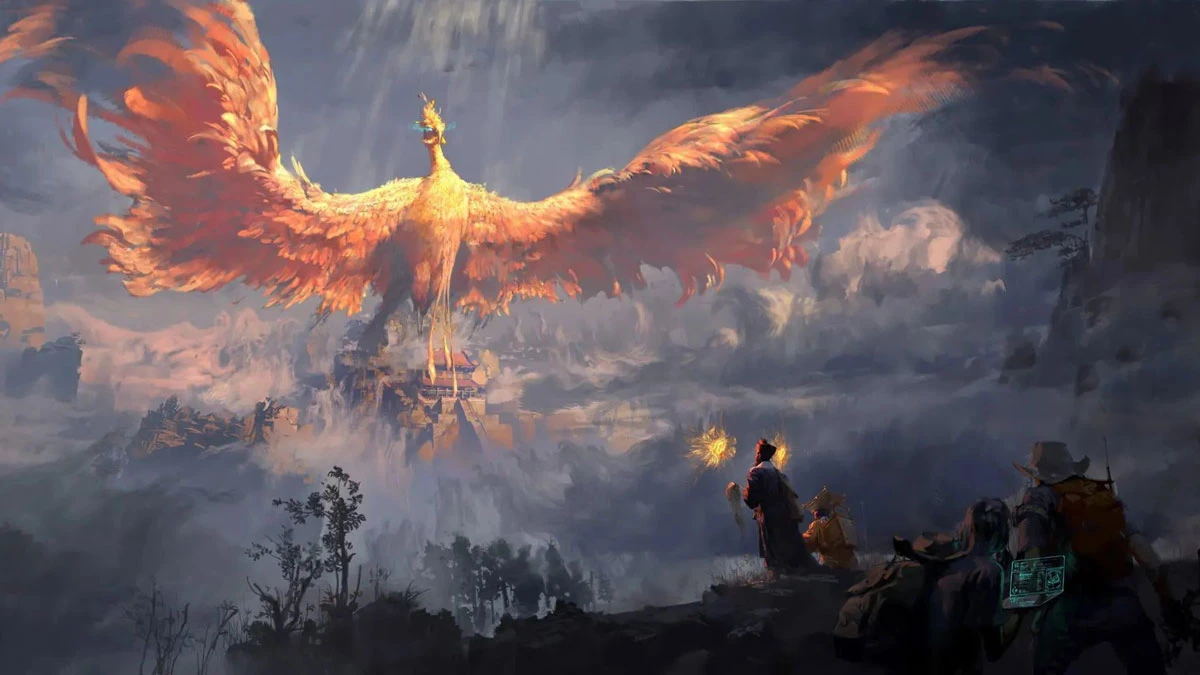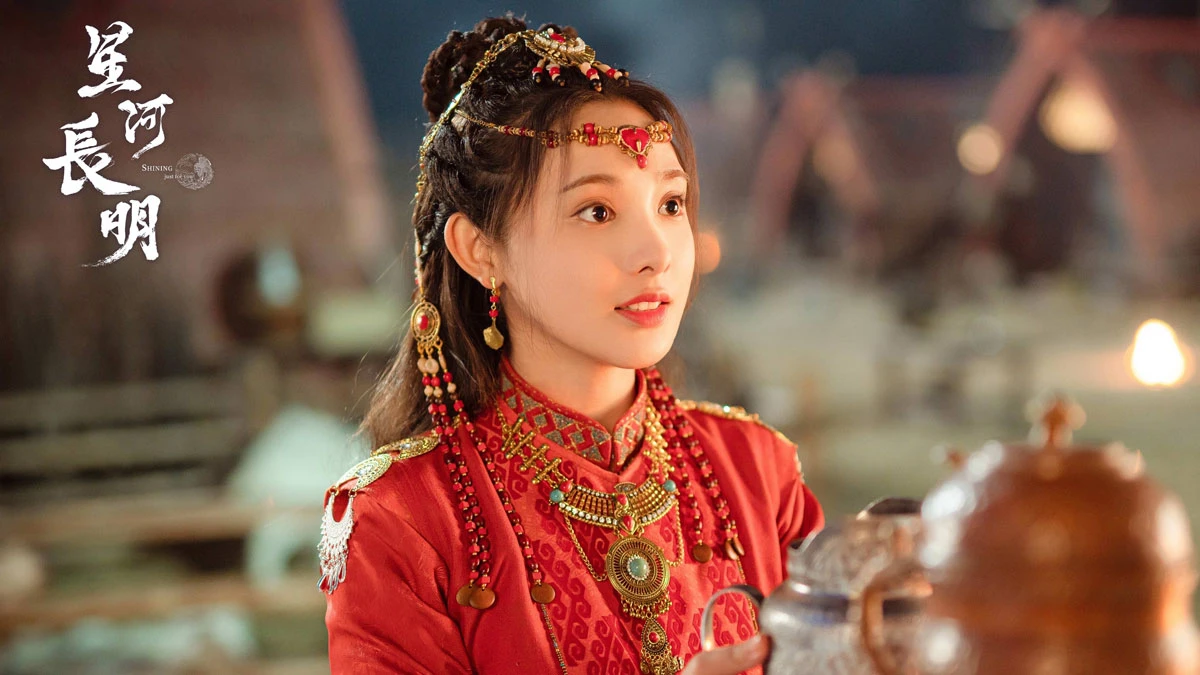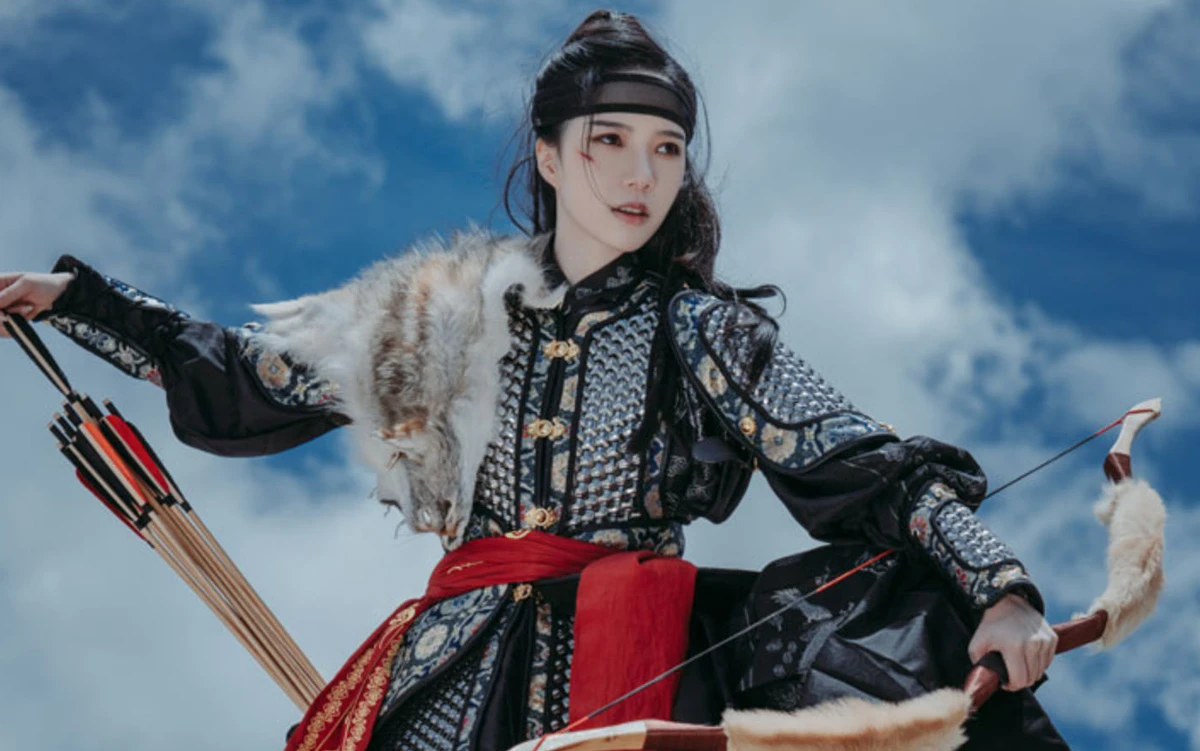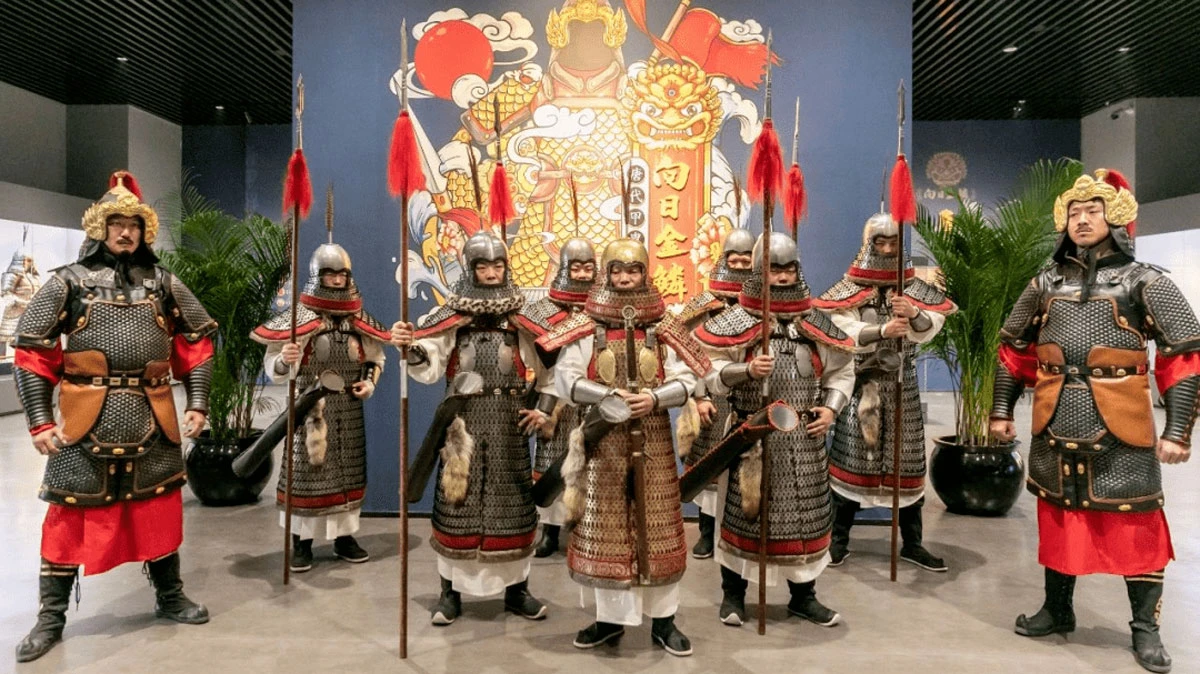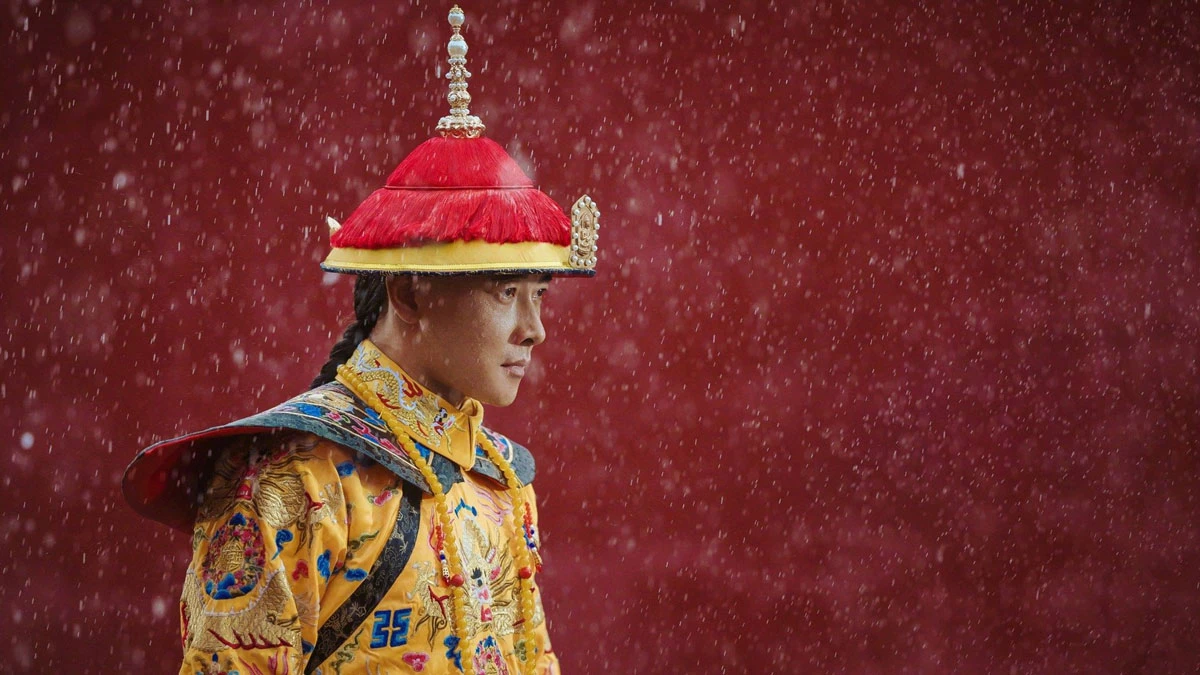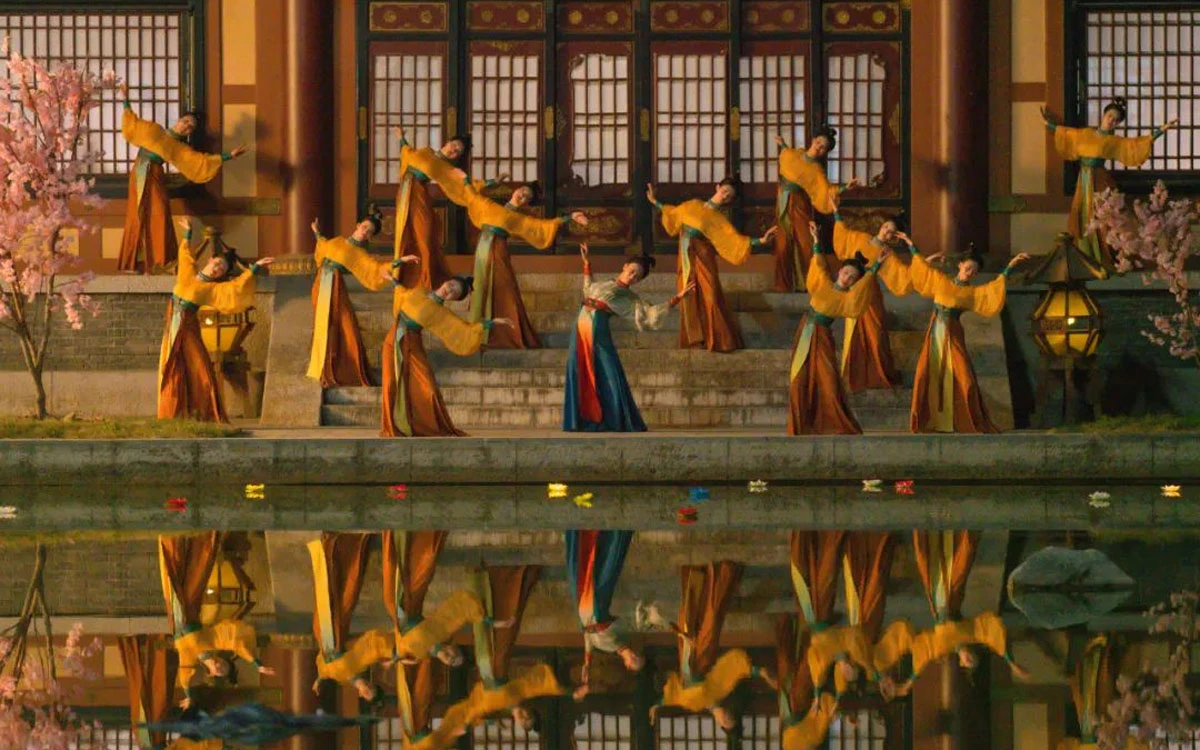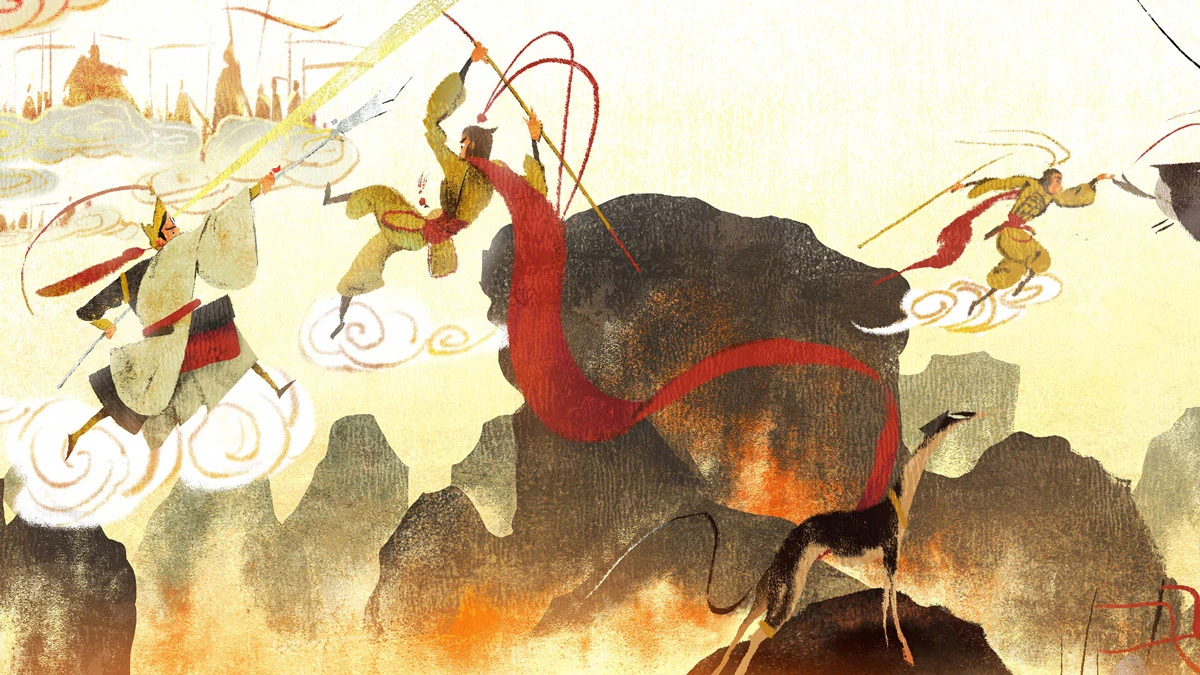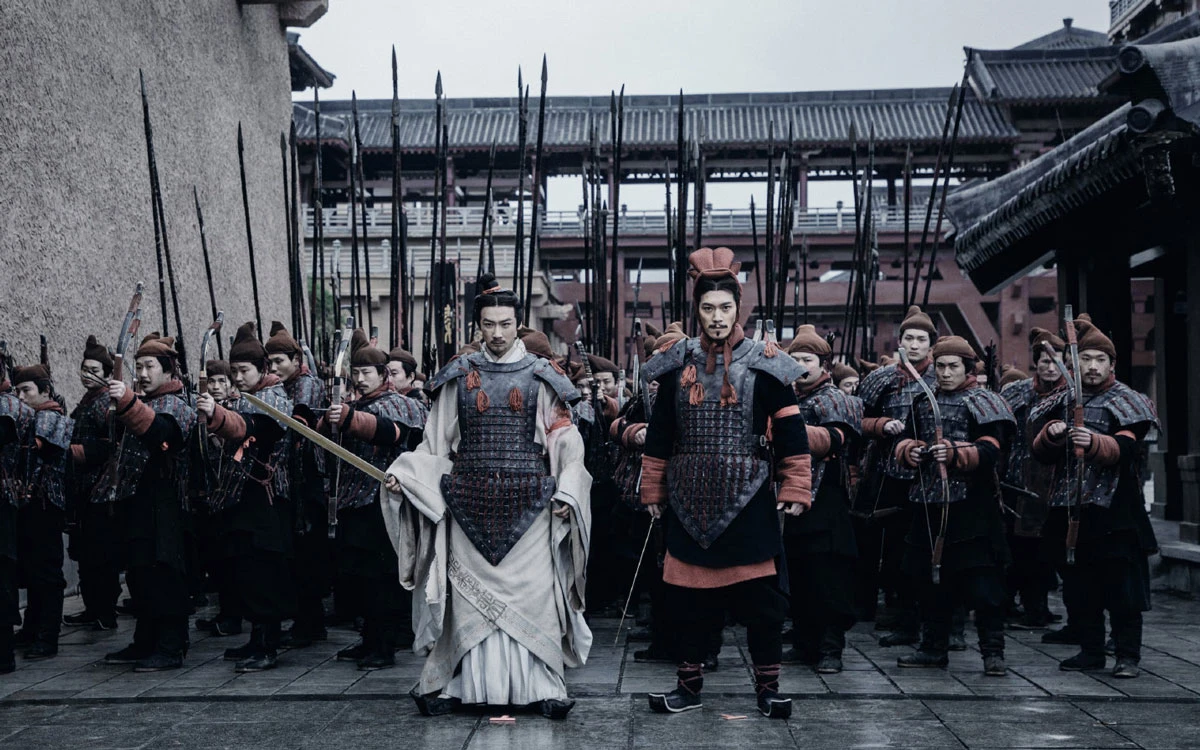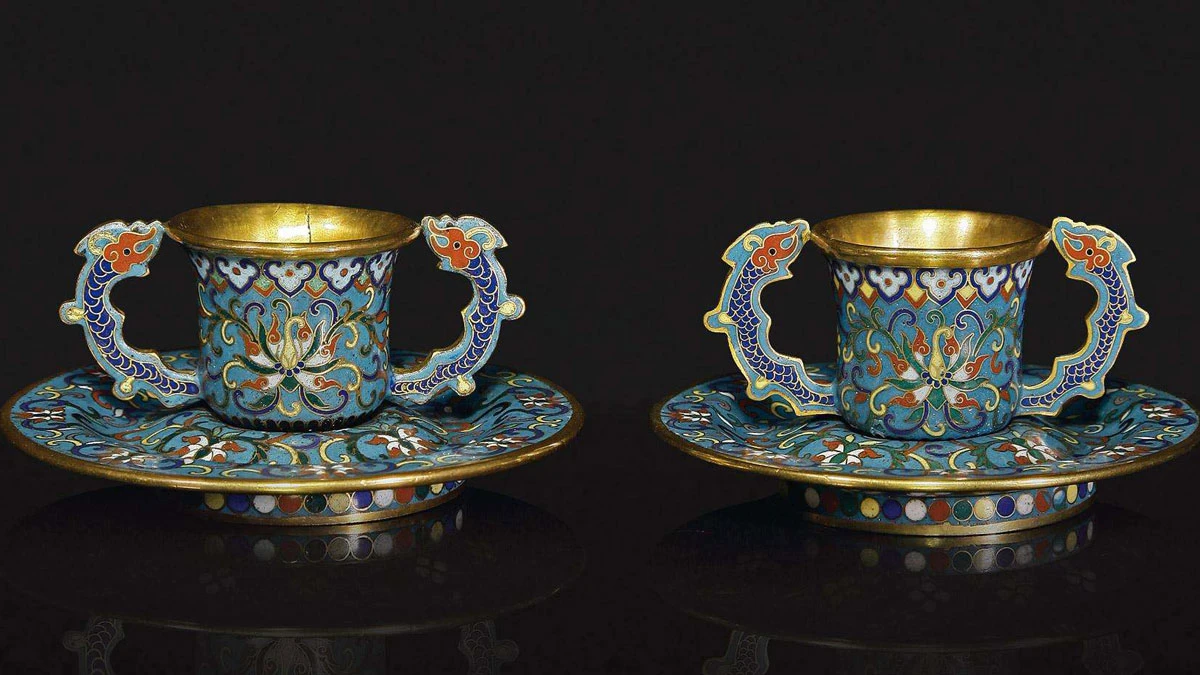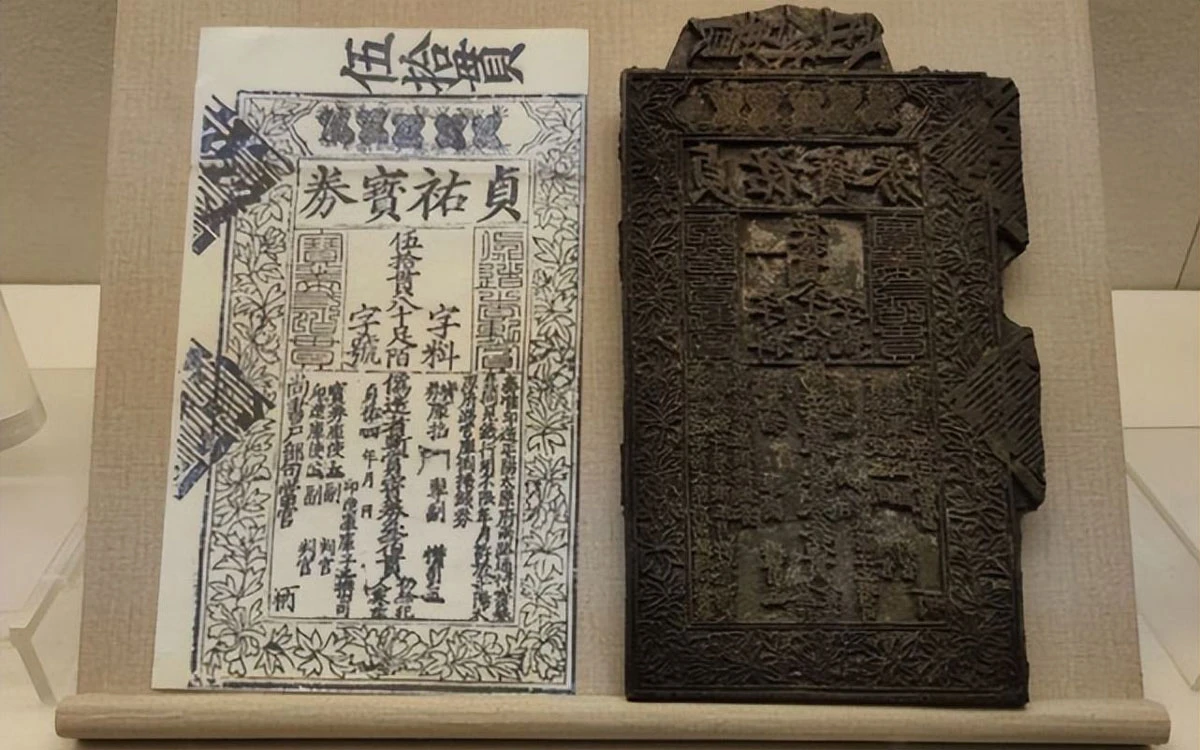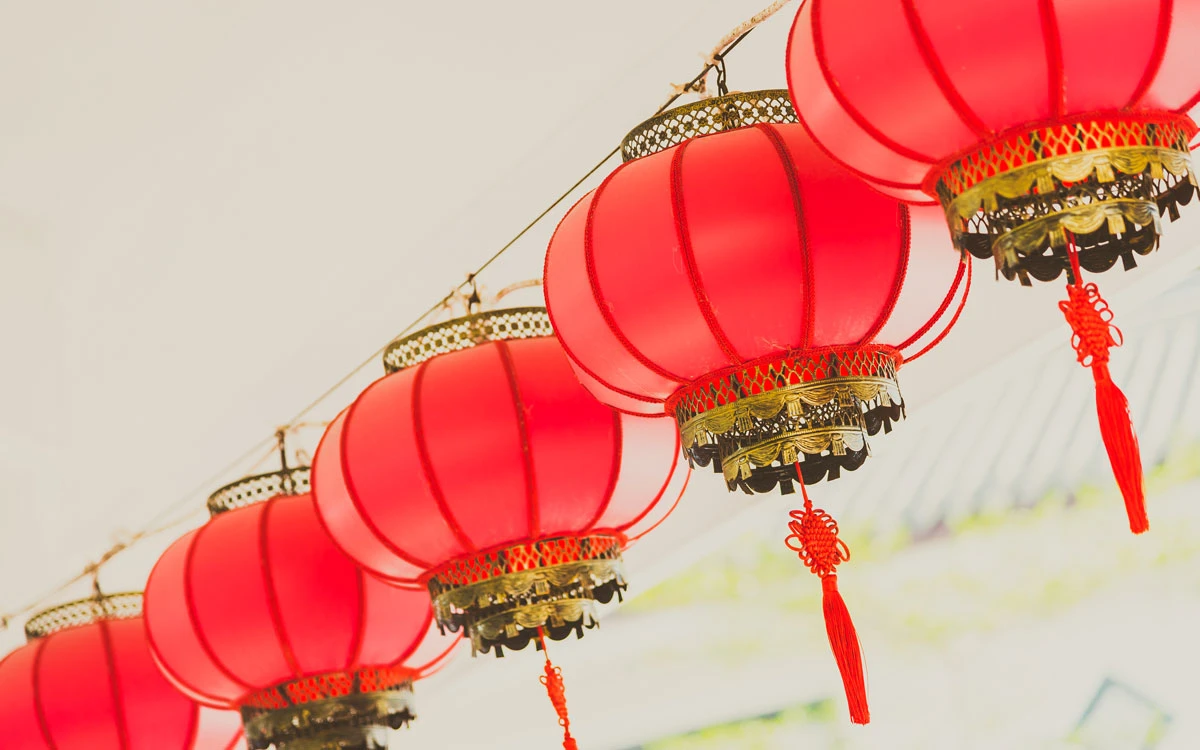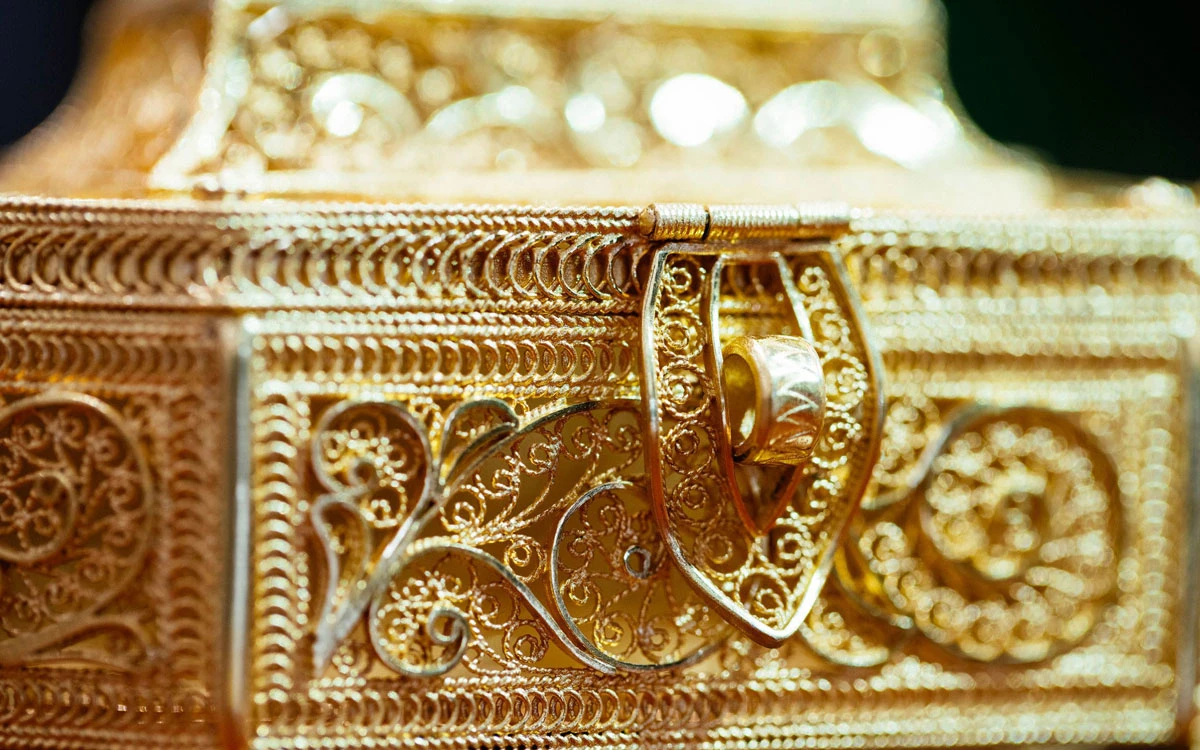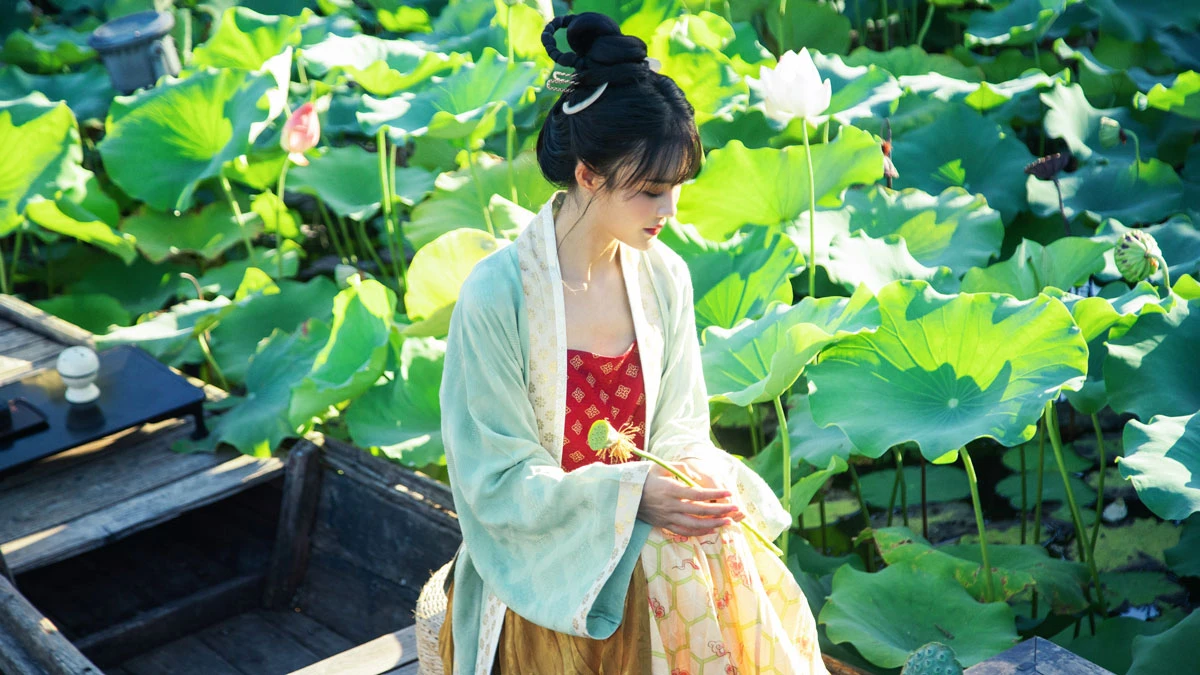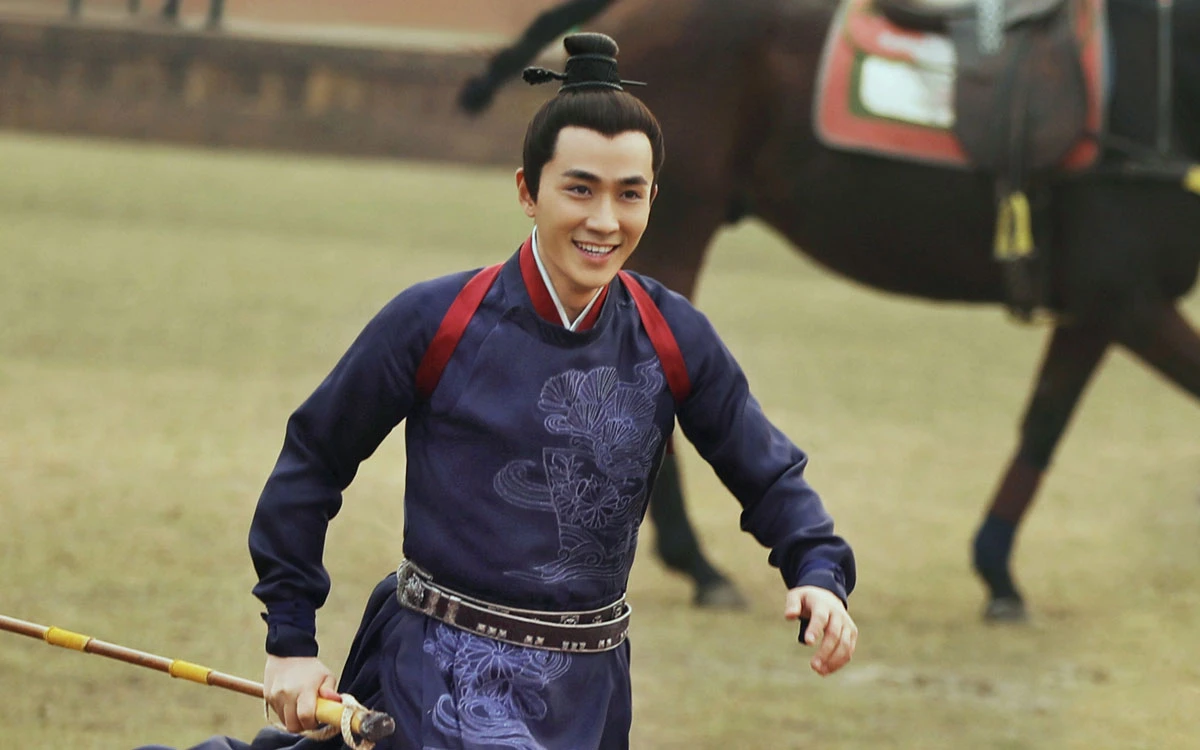Article
Search results for the keyword [hanfu making]:
-
Yao-Chinese Folktales: Exploring the Mysterious World of Chinese Monsters
Recently, a Chinese animation has burst into the list of major platforms in China like an dark horse. It is Yao-Chinese Folktales, a collection of animated works jointly produced by Shanghai Animation Film Studio and Bilibili. It consists of eight independent stories rooted in traditional Chinese culture. At present, it has been broadcast in 3 episodes with more than 45 million views. In the Chinese animation industry, it goes without saying that Shanghai Animation Film Studio has high artistic achievements and a unique style, but because of the changes of the times and talent faults, it has fallen into a dilemma. However, "Yao-Chinese Folktales" seems to indicate that this old brand of film studio is back. https://www.youtube.com/watch?v=eLQBCNV7Lak Monster story collection The theme of Yao-Chinese Folktales is monsters. Monster has a rich meaning in Chinese traditional culture. It is not necessarily just a fierce and grotesque image. It represents the abnormal and unknown, getting along with and fighting with human beings, and may also be another side of human beings. The eight stories vary in style and core. The title of the first episode is Nobody, which tells the story of ordinary little monsters in "Journey to the West", but… -
Gorgeous Chinoiserie Costume Transformation - Guarding Everyone's Heroic Dream
In a year and a half, this blogger has only updated 22 videos, but one of them has made him gain a million followers. He is the top blogger of Chinese style cosplay, Zhu Tiexiong (朱铁雄). He used the ultimate special effects to ignite the passion and romance in the hearts of all ancient style fans. 01 Chinese-style passion and romance Zhu Tiexiong inspires the emotions rooted in our heart with his moving stories. His first video is very short. He uses cheap cardboard to pretend to be Sun Wukong, guarding the dreams of sick children, but when he is mocked and belittled, he does a backflip and rises into the air, transforming into Qi Tian Da Sheng. "Those dreams that seem so ridiculous are the light we guard with all our might". He is also the majestic Zhao Yun, riding a white horse, heroic rescue. Behind his gorgeous chinoiserie costume transformation, is the heroic nature and chivalry. Through the constant reversal of the plot, it touches our emotions. But Zhu Tiexiong does not intend to let the audience stay only in the visual enjoyment, he hopes to convey more values. He began to try to add… -
2022 Upcoming Chinese Wuxia & Xianxia Drama List
More than 20 Chinese Wuxia and Xianxia drama series are scheduled to air in 2022, including the highly anticipated "Joy of Life: Season 2" starring Zhang Ruo Yun and Li Qin; "The Longest Promise" starring Xiao Zhan and Ren Min; "The Longest Promise" starring Gong Jun and Dilraba Legend of Anle, starring Dilmurat. There are also several fantasy Xianxia dramas based on exciting Xianxia novels. The following is a list of Chinese Wuxia & Xianxia Drama highlights for 2022, as compiled by Newhanfu. Joy of Life: Season 2 · 庆余年2 Also known as: Qing Yu Nian 2 Period Background: Alternative reality Genres: Wuxia, Political, Romance, Action, Comedy Main Role: Zhang Ruo Yun as Fan Xian, Li Qin as Lin Wan'er, Chen Dao Ming as Emperor of Qing, Wu Gang as Chen Ping Ping Joy of Life: Season 2 will bring an even more stirring story, as Fan Xian's challenges continue to escalate after the ups and downs of the previous life and death, while many characters from the first season return and new roles will be introduced to the audience. Sword Snow Stride · 雪中悍刀行 (Aired) Aired: December 15, 2021 Also known as: Xue Zhong Han Dao Xing… -
Origin and History of Ancient Chinese Traditional Tea
On the evening of November 29, at the 17th session of the UNESCO Intergovernmental Committee for the Safeguarding of the Intangible Cultural Heritage held in Rabat, Morocco, the "Traditional tea processing techniques and associated social practices in China" nominated by China were inscribed on the Representative List of the Intangible Cultural Heritage of Humanity. "Traditional tea processing techniques and associated social practices in China" covers the knowledge, skills, and practices of tea plantation management, tea leaf picking, manual processing, drinking, and sharing. Since ancient times, Chinese people have been growing, picking, making, and drinking tea. Using the art of tea making, tea makers have developed six major tea types, namely green, yellow, dark, white, oolong, black teas, and reprocessed tea such as flower-scented teas, and more than 2,000 kinds of tea products to meet the various needs of the people with different colors, aromas, tastes and shapes. https://youtu.be/Oe6kGFmFLnc 1 - The Origin of Chinese Traditional Tea Shennong used tea as an antidote for hundreds of poisons. Shu gave homegrown tea to the emperor of the Zhou Dynasty as a tribute. Since Lu Yu, the Saint of Tea, composed the "The Classic of Tea (茶经)", the status of tea has… -
3 Key Highlights of Song of the Moon - Latest Romantic Xianxia Cdrama
On December 15, the last Xianxia cdrama of 2022, "Song of the Moon (月歌行)", was launched online. The drama is adapted from the original novel "Ben Yue (奔月)" by author Shu Ke, In the drama, Vin Zhang and Xu Lu as the leads, and Wang You Shuo, Zheng He Hui Zi, Riley Wang, and Ma Yue as supporting actors. On the second day of release, the popularity index of "Song of the Moon" has been soaring, ranking first in the broadcast charts of web dramas in mainland China. The netizens' evaluation of this drama: "fast-paced", "sweet but tearjerker", "perfect special effects" all show's production team has put a lot of effort into the production. The original "Song of the Moon" has a heartbreaking storyline in which the female protagonist, under the influence of several male characters, forms her worldview, values and ultimately chooses to move towards a set ending. In the episode, while retaining the worldview of multiple worlds of immortal, human and demon realm, the story of immortal love between the male lead Lu Li (陆离, palyed by Vin Zhang)/Luo Ge (洛歌) and the female lead Liu Shao (柳梢, played by Xu Lu) is told, and the sense of… -
Brief History of Chinese Tea Culture
Chinese tea culture emerged in the Tang Dynasty. In the Song, Yuan, Ming, and Qing Dynasties, tea culture was deeply developed on the basis of inheriting the tradition, and tea-drinking customs with different characteristics and styles emerged successively, such as Jian Cha (煎茶, tea cooking), Dian Cha (点茶, tea whisking), Dou Cha (斗茶, tea tasting), and Pao Cha (泡茶, tea brewing ). With the progress of society, tea culture is developing continuously. The rise of tea culture in the Tang Dynasty According to historical records, as early as the Western Han Dynasty, it was common to drink and grow tea in Sichuan, China, and tea have already become an important commodity at that time. After the Six Dynasties, the trend of tea drinking rose in the south, and tea drinkers gradually increased in society. The establishment of the unified country in the Tang Dynasty, made it possible to have regular economic and cultural exchanges between the north and the south, which laid the foundation for the further popularization of tea-drinking customs and the continued development of tea culture. Tea drinking in China has a history of more than 4,000 years, and it was not until the Tang Dynasty that… -
Creative Chinese Painting Style That You Never Seen
Is there a limit to the imagination? For young Chinese style painting painters, the answer is no. Wu Junda All the living things are in a commotion between the empty valley. The scene of the divine beast standing proudly between heaven and earth facing the tiny human brings a great impact of confrontation to the audience. Wu Junda (吴俊达) once participated in the Global Game Art Contest (GGAC) and took the Grand Prize in the global 2D art category. The award-winning work that Wu Junda made a name for himself was "Shan Hai You Ling (山海有灵, Mountains and Oceans with Great Spirit)". The four beasts suppressing the mountains and rivers with a stroke that is strong enough to dominate the world tear a crack of time in the intersection of reality and illusion. The details, moreover, are breathtaking. The four beasts with moving hair sweep the bewildered crowd with their fierce eyes which are gradually revealing. Lazy but very oppressive limbs are waving between heaven and earth. Not even a tiny detail should be ignored although the picture is dominated by the divine beasts. The tiny human and the huge divine beast are making a great visual impact. The complex… -
2022 Upcoming 11 Chinese Historical Dramas You Shouldn’t Miss
More than 20 Chinese historical dramas are scheduled to air in 2022, covering mystery, romance and comedy genres, including the highly anticipated Luoyang, starring Huang Xuan and Wang Yi Bo; The Wind Blows From Longxi, starring Chen Kun and Bai Yu, and A Dream of Splendor, starring Crystal Liu and Chen Xiao. The following is a list of Chinese historical dramas highlights for 2022, as compiled by Newhanfu. Luoyang · 风起洛阳 (Aired) Aired: December 1, 2021 Also known as: Feng Qi Luo Yang Period Background: Tang Dynasty Wu Zhou Period Genres: Historical, Mystery Main Role: Huang Xuan as Gao Bing Zhu, Wang Yi Bo as Bai Li Hong Yi, Victoria Song as Wu Si Yue, Song Yi as Liu Ran The drama is adapted from Ma Bo Yong's novel "Luo Yang", which tells a series of stories about a group of people from different classes who are investigating an unsolved case in Luoyang during the Wu Zhou period. Gao Bing Zhu, a notorious deputy marshal at the bottom of society in Luoyang, is involved in the case by mistake and becomes a suspect. While trying to prove his innocence, he meets Bai Li Hong Yi, who is trying to… -
4 Types of Ancient Chinese Armor Decoration
The ancient armor is to some extent equivalent to the present military uniforms, which is the image of an army and therefore must be decorated. The decoration actually works in two ways, on the one hand, it is to show the good image of the mighty and on the other hand, it is to protect the armor from erosion. Leather armor is easy to rot and iron armor is easy to rust, both need to be protected by some decorative methods. The main methods of Chinese armor decoration are as follows. Paint, coloring Before Han and Wei either the leather armor or the iron armor, the armor pieces are painted, and repeatedly painted with multi-layer paint. Most of the Warring States' leather armors was black, according to the painted traces of terracotta warriors and horses, and the armor of the Qin Dynasty was mostly black. Many written records of the Han Dynasty armor are called Xuanjia (玄甲, black armor), and the armors of painted warrior figurines are also painted black. The color of black is a bit monotonous, so there is the idea of applying gold and silver pieces on the armor for decoration and painting at the same… -
The Main Types of Chinese Ancient Helmets
The Chinese ancient armor protecting the head was called Zhou (胄, helmet) in the pre-Qin period. In oracle bone inscriptions, the helmet is painted as a shield with a vertical tube at the top. And many of the bronzes excavated from the Yinxu tomb in Anyang are fully consistent with this phenomenon. However, there is a lack of a standard for the definition of other ancient helmets without vertical tubes in Western Zhou and Spring and Autumn Warring States. Therefore, the emergence of iron head armor as the dividing line, before that, regardless of whether they had vertical tubes or not, they were called Zhou regardless of whether the material specifically leather or bronze, after that, they were divided into two categories: Dou Mou (兜鍪, helmet) and Kui (盔, helmet). But those with vertical tubes with feathers as decoration were still called Zhou, such as the unified style of the Qing Dynasty. Ancient helmets from the pre-Qin period Bronze Zhou (胄) of the pre-Qin period is bounded by the Shang and Zhou (周) dynasties. The surface of Zhou in the Shang Dynasty is generally cast with Taotie, round sunflowers, and other patterns, and the unearthed objects in Xingan County,… -
The Long River - the Latest Qing Dynasty Historical Series
The ancient historical series "The Long River (天下长河)" released on November 11, 2022, tells the story of the Kangxi Emperor unconditionally promoting Chen Huang (陈潢) and Jin Fu (靳辅) to take control of the flood in Yellow River flooding. After working despite winds and rains, and dealing with countless turmoils from the court for almost half a century, the emperor and the ministers gradually pacified the flood, leaving the future generations a legacy to be praised for the great achievements of the true historical story. The three main actors are Luo Jin, Yin Fang, and Huang Zhizhong. And the six supporting actors are Xi Meijuan, Liang Guanhua, Su Ke, Lu Siyu, Gong Lei, and Zhao Qi, all of them have their own strengths. Every character in the series has distinctive character traits, and each actor's grasp and interpretation of the characters is perfect. The Long River puts emphasis on the interpretation of history and flood management strategies. Unlike most of the costume dramas today, which are dressed like historical stories but with a core of loving stories, the Long River focuses on the flood in the Yellow River and values the tradition of historical dramas, telling the legendary story of… -
Chinoiserie Grand Ceremony - the Show of Intangible Cultural Heritage
The "Chinoiserie Grand Ceremony (国潮盛典)" is a cultural gala jointly produced by Kuaishou and Henan TV. The gala incorporates diversified program art forms, rich in type and both aesthetic, and allows more people to discover, experience and inherit culture through the collision of Chinoiserie culture and technology and the expression of unique perspectives. The gala has been broadcasted on November 9, 2022. 01 Intangible Cultural Heritage in the Show The story revolves around a small restaurant where the two bosses are run by the two stars of the classic martial arts TV series "My Own Swordsman", Wang Shasha and Fan Ming. While thinking about how to generate revenue for the restaurant, they come across a skill convention held in the neighborhood and have many interesting stories with all kinds of people on the street. Such a program setting not only continues the previous format of stringing programs with stories; the wonderful program design and elaborate hanfu costumes also continue the previous aesthetics. For example, the sequel of the "Tang Palace Night Banquet": "San Cai Nao Qian Deng (三彩闹千灯)". If the "Tang Palace Night Banquet" shows the funny things that happen on the way to the performance of the ladies… -
6 Must-Read Books of Chinese Mythology
If you’ve read my previous article that attempts to give a general overview of the many terms for supernatural beings in Chinese mythology and folkloric tradition, then you’ll know how nearly impossible it is to, well, give a general overview of Chinese mythology and folkloric tradition! Chinese culture is simply too vast, too complicated, with too many little offshoots and alternating viewpoints all fighting for prominence. Each mythological system comes with its own unique highlights and fascinating characters and stories, making each and every system indispensable, because no matter how much groups throughout China’s history have tried to clamp down on other traditions, religions, or mythologies, ultimately cultures and stories cannot be destroyed so long as they genuinely hold the fondness and interest of the people. So if you’re like me and are very interested in learning more about Chinese mythology—especially the roots of where they came from, and landmark works of literature that have helped various traditions and tales maintain popularity and longevity—then read on! In this article I’ve complied a list of six of the most well-known, most influential, and most well-written works of Chinese mythology and folklore. This is based on my own research, so it may… -
The Form of Ancient Chinese Armor
Armor was an important war material in the cold weapon era, and its quality and quantity were crucial to the combat power of ancient armies and the rule of feudal dynasties. The Chinese emperors paid attention to improving the ability and quality of armor manufacturing, but also strictly controlled the private possession of armor by strict penalties and laws. During the Song and Yuan dynasties, this restriction was even stricter, and those who hid the whole set of armor privately would be regarded as having conspiracy to commit rebellion to be executed. The armor could only be handed out during the war and collected into the national treasury after the war. These military treasures were eventually destroyed and lost during the war between the dynasties, so except for a few surviving artifacts from the late Qing Dynasty that have been preserved as cultural relics, the rest of the dynasties have rarely survived to this day. However, after the death of the royal family and the senior military class, armor could be buried in the burial chamber as burial goods. For example, the Qin Dynasty, the images of armor portrayed on the terracotta warriors and the stone armor excavated from the… -
History of China Cloisonne - Traditional Metal Craftsmanship
"Story of Yanxi Palace" is a drama with a strong sense of history and court aesthetics. Previous dramas of the same kind focus on dramatic conflicts, while Yanxi is particularly prominent in the aspects of palace life, which is extremely rare. The whole drama gives the audience a strong sense of substitution, as if they have followed the characters live in the Forbidden City for 70 episodes. The furnishings in the palace are carefully arranged by the crew, whether it is Shoukang Palace, Chuxiu Palace or Yanxi Palace. Among them, the most impressive is the cloisonne! When it comes to cloisonne, it might not be known to everyone, but it definitely leaves a deep imprint in every viewer's heart. When stepping into the Qianqing Palace, the red-crowned crane and incense burners in front of emperor seat, all of which show the supreme power and dignity of the royal family. Let's learn more about cloisonne, the ancient royal luxury. The characteristics and history of cloisonne China cloisonne, the national intangible cultural heritage, is one of the famous special metal handicrafts with a history of more than 600 years. It is also known as "copper padding thread weaving vitreous enamel", which… -
A Brief History of Ancient Chinese Paper Money
Tang Dynasty - Fei Qian Fei Qian (飞钱, flying cash) in the Tang Dynasty, the earliest prototype of Chinese paper money. The New Book of Tang – Recordings of foods and goods contains: “商贾至京师,委钱诸道进奏院及诸军诸使富家,以轻装趋四方,合券乃取之,号飞钱。” Fei Qian are also called "Bian Huan (便换, convenient exchange)" and "Bian Qian (便钱, convenient money)". In the middle of the Tang Dynasty, the production of copper coins could not meet the market demand, and there were many restrictions on the flow of copper coins. Besides, the carrying and transportation of large amounts of copper coins were also a problem. So, a new financial method was born. The merchants in the capital sent the money to the Jin Zou Yuan (进奏院, the official statutes of report) which is the office in the capital, and the Jin Zou Yuan issued a ticket for the merchants, with the amount, date, name and other items written on it. And this ticket would be divided into two halves, half sending to the merchant, and another half back to the local. The merchant returned with his half of the ticket to the designated department to exchange for the money, as long as the two halves of the ticket can be… -
5 Traditional Chinese Cultural Craft and Creations
Lantern Chinese lantern is a classical traditional cultural craft in China, also known as Dengcai (灯彩), originated in the Western Han Dynasty more than 1,800 years ago. Every year around the Lantern Festival on the fifteenth day of the first month of the lunar calendar, people hang red lanterns symbolizing the meaning of reunion to create a festive atmosphere. Later, lanterns became a symbol of the festiveness of the Chinese people. Lantern has the meaning of symbolize reunion, festive, and peace. Lanterns in traditional culture are integrated with painting art, paper-cutting, paper tie, bayonet, and other crafts. Among the lanterns made in ancient China, Gong Deng (宫灯, palace lanterns) and Sha Deng (纱灯, gauze lanterns) are the most famous. Lanterns are closely connected to the Chinese people, a ballad tells its festive colors and functions: carry lanterns on the Lantern Festival, hang red lanterns on the Dragon Boat Festival in May, fly lanterns in June, release lotus lanterns on the Ghost Festival, buy jade rabbit lanterns on the Mid-Autumn Festival, and Kongming lanterns on the Double Ninth Festival. In fact, many traditional cultures handed down from ancient times are also symbolic. They are the products of the wisdom of predecessors… -
18 Kinds of Chinese Traditional Handicraft Introduction
China is an ancient civilization with a history of more than 5,000 years. There are many kinds of handicrafts, and they are all dazzling. Chinese traditional handicraft, each of them is a treasure of Chinese culture, and these handicrafts are worth inheriting and protecting. 1 Tuanshan Tuanshan (团扇), also known as Gongshan (宫扇) and Wanshan (纨扇), is traditional handwork and art of the Han nationality in China. It is a round fan with a handle, which represents a friendly and auspicious reunion. Fans have long circles, plum blossoms, hexagonal and other shapes; and making with silk, thin silk and so on; the craftsmanship includes Suzhou embroidery, Kesi, gold and silver inlays, and so on; the fan handle has wood, bamboo, bones, and so on. A Tuanshan contains too much learning. 2 Cheongsam The cheongsam (旗袍) is one of the traditional women's clothing that can represent Chinese characteristics. The cheongsam was formed in the 1920s, and some scholars believe that its origin can be traced back to the Shenyi of the pre-Qin and Han dynasties. Although its definition and timing are still controversial, it is still one of the most gorgeous phenomena and forms in China's long-standing clothing culture.… -
Jiang Xun Qian - Talented Girl That Focuses on the Traditional Cuisine and Crafts
Restoration of lychee wine from 1300 years ago, ancient palace traditional cuisine Chinese sweets dragonbeard, non-stick egg pudding, all of these classic Chinese cuisines making are from the Chinese blogger Jiu Yue / Jiang Xun Qian's videos. Not only traditional cuisine, but also Chinese crafts such as paper kites, fish lanterns, and whisking tea are the subjects of her videos, and she is also the initiator of the previously popular sugar painting challenge. Focusing on traditional cuisine and crafts "A steed that raised red dust won the fair mistress' smiles; how many steeds that brought litchi died on the run!" 1,300 years ago, the Tang Dynasty's Yang Guifei loved lychee wine very much, and it has also made generations of people yearn for it. What is the taste of lychee wine that made Yang Guifei drunk? The blogger Jiang Xun Qian uses traditional techniques to recreate the taste from the Tang Dynasty, she also put on an opera costume and staged the song "Drunkened Concubine". Not only the lychee wine with the flavor of the Tang Dynasty, Jiang Xun Qian was also made fine as hair Chinese sweets dragon beard, and non-stick egg pudding. All are handmade, restoring the… -
The History and Usage of Traditional Panbo
Brief history on Chinese tool panbo and how it is different in the past when compared to Japanese tasuki.
